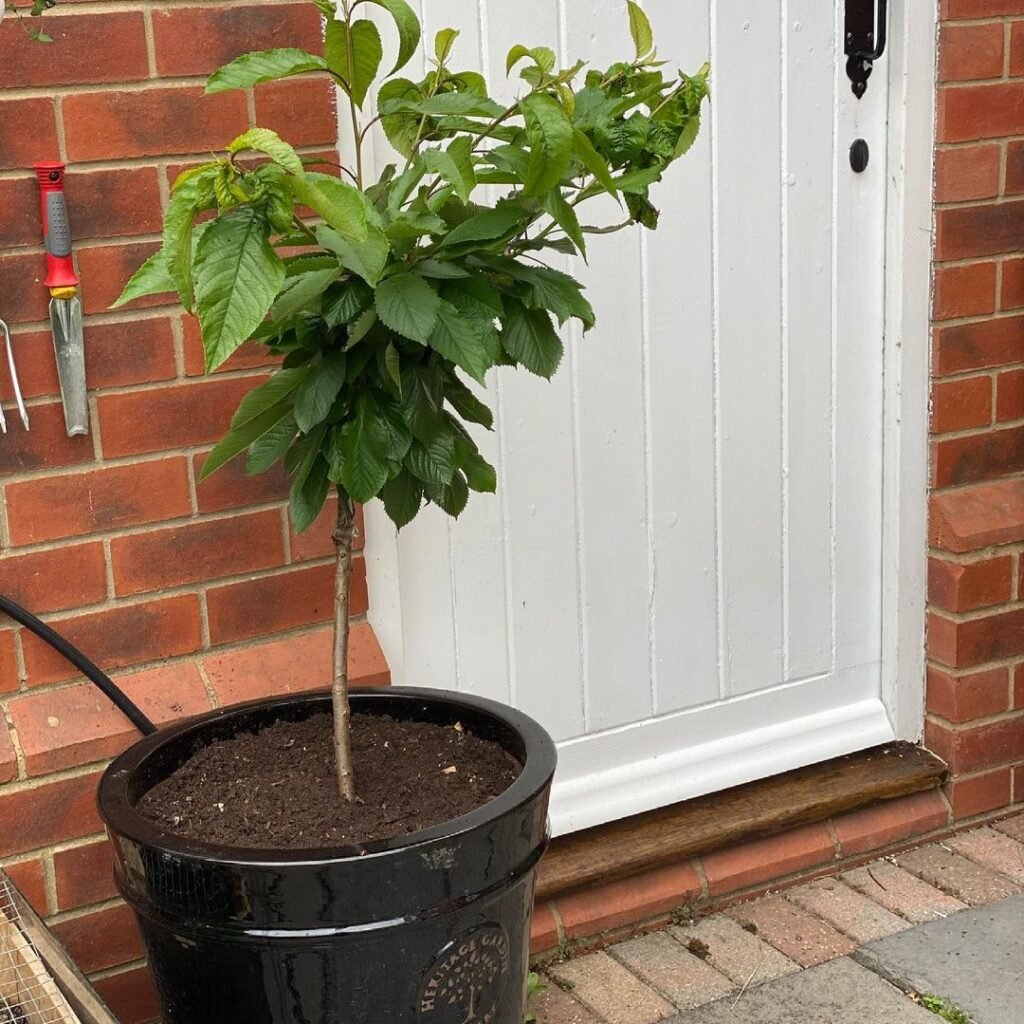Discover the beauty and versatility of the Black Cherry tree. This comprehensive guide covers everything you need to know about growing, caring for, and enjoying this iconic North American tree species.
The Black Cherry tree (Prunus serotina) is a beloved and iconic species that has graced the landscapes of North America for centuries. With its striking bark, delicate white blossoms, and tasty cherries, this tree has captured the hearts of gardeners, nature enthusiasts, and culinary connoisseurs alike. Whether you’re a seasoned arborist or a budding tree lover, this comprehensive guide will provide you with valuable insights into growing and caring for the magnificent Black Cherry tree.

What is the Black Cherry Tree?
The Black Cherry tree, scientifically known as Prunus serotina, is a deciduous tree native to eastern North America. It belongs to the Rosaceae family, which includes other familiar fruit trees such as apples, pears, and plums. This species is known for its distinctive reddish-brown bark that develops a scaly, rough texture as the tree matures.

Black Cherry trees can reach impressive heights of 60 to 90 feet (18 to 27 meters) and spread their branches to create a beautiful, rounded canopy. In the spring, they burst into bloom with clusters of small, white flowers that give way to edible black cherries in the summer.
Where Does the Black Cherry Tree Grow?
The Black Cherry tree is widely distributed across eastern and central North America, ranging from southeastern Canada down to Texas and Florida. It thrives in a variety of habitats, including:

- Deciduous forests
- Woodland edges
- Old fields and pastures
- Along fencerows and roadsides
While the Black Cherry tree can adapt to various soil types, it prefers well-draining, slightly acidic soils and grows best in full sun to partial shade.
Growing a Black Cherry Tree
If you’re considering adding a Black Cherry tree to your landscape, there are a few key factors to consider:
Site Selection:
Choose a location with ample space for the tree to grow and spread its branches. Black Cherry trees thrive in full sun to partial shade and prefer well-draining, slightly acidic soils.
Planting:

For best results, plant Black Cherry trees in the spring or fall. Dig a hole twice as wide as the root ball and slightly shallower. After planting, water the tree thoroughly and apply a 2-4 inch layer of organic mulch around the base, keeping it a few inches away from the trunk.
Watering:
Young Black Cherry trees require regular watering, especially during the first few years of establishment. Once established, they are relatively drought-tolerant but may need supplemental water during prolonged dry periods.
Pruning:
Prune Black Cherry trees in late winter or early spring while they are dormant. Remove any dead, damaged, or rubbing branches to promote healthy growth and proper air circulation.
Benefits of Growing a Black Cherry Tree
Beyond their aesthetic appeal, Black Cherry trees offer a range of benefits that make them a valuable addition to any landscape:

Edible Fruit:
The dark, juicy cherries produced by Black Cherry trees are not only delicious but also rich in antioxidants and vitamin C.
Lumber:

he wood of Black Cherry trees is highly prized for its beautiful reddish-brown color and fine grain. It is commonly used in furniture making, cabinetry, and flooring.
Wildlife Habitat:

Black Cherry trees provide food and shelter for a variety of wildlife, including birds, small mammals, and pollinators.
Ornamental Value:
With their striking bark, delicate blossoms, and vibrant fall foliage, Black Cherry trees add visual interest to any landscape throughout the seasons.
Environmental Benefits:
Like other trees, Black Cherries help improve air quality, reduce soil erosion, and provide shade and cooling effects.
Caring for a Black Cherry Tree
While Black Cherry trees are generally low-maintenance, proper care is essential to ensure their longevity and overall health. Here are some tips for caring for your Black Cherry tree:

Mulching:
Apply a 2-4 inch layer of organic mulch around the base of the tree, keeping it a few inches away from the trunk. Mulching helps retain moisture and suppress weed growth.
Fertilization:
Black Cherry trees typically do not require frequent fertilization. However, if the tree shows signs of nutrient deficiency, you can apply a balanced, slow-release fertilizer in early spring.
Pest and Disease Management:

Black Cherry trees can be susceptible to pests such as borers, tent caterpillars, and leaf diseases like cherry leaf spot. Regular monitoring and prompt treatment are recommended if any problems arise.
Pruning:
Prune Black Cherry trees in late winter or early spring while they are dormant. Remove any dead, damaged, or rubbing branches to promote healthy growth and proper air circulation.
Winter Protection:
In colder regions, wrapping the trunk of young Black Cherry trees with tree wrap or burlap can help prevent frost cracks and sunscald damage.
By following these care guidelines, you can help ensure the long-term health and vitality of your Black Cherry tree, allowing it to thrive and provide you with years of enjoyment.
Pingback: Cherry Blossom Trees: A Guide to Planting and Growing Stunning Flowering Trees -
Pingback: A Complete List of Fruits That Begin with “A”
Pingback: Fruits That Start with “O”: A Complete List -
Pingback: Cherry Blossom House: Design Ideas and Inspiration
Pingback: From Patio to Plate: The Best Vegetables to Grow in ...